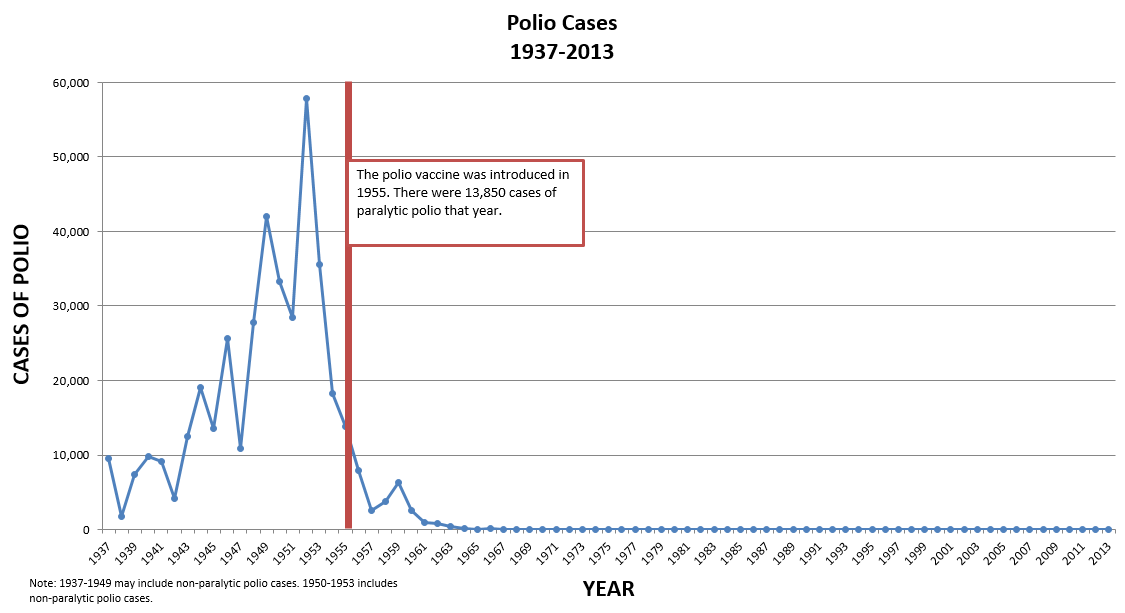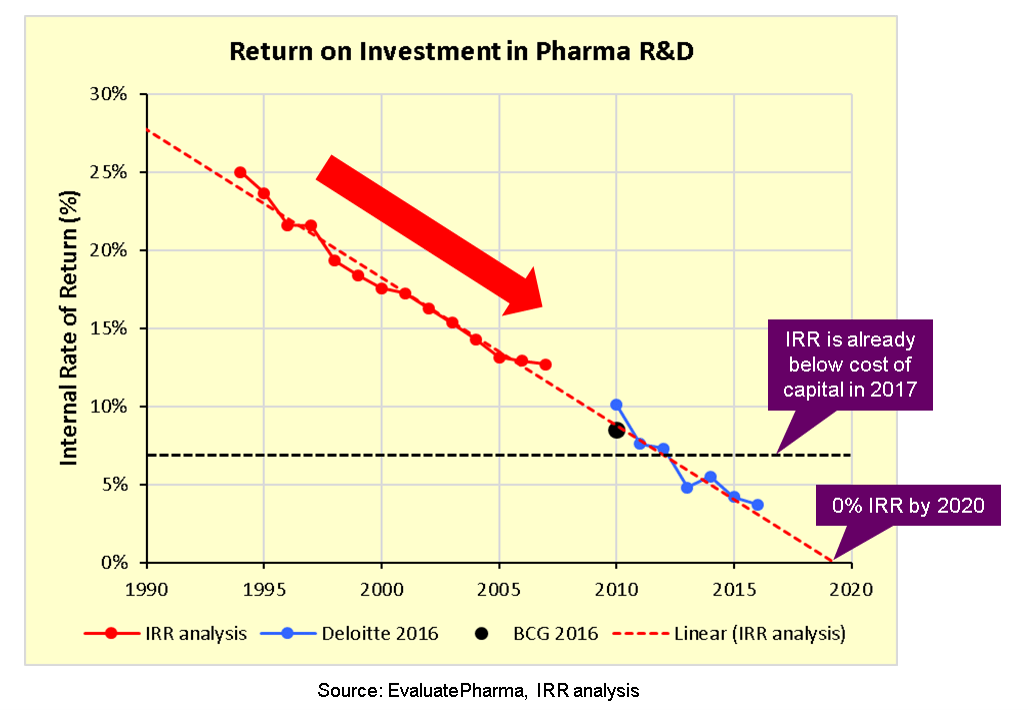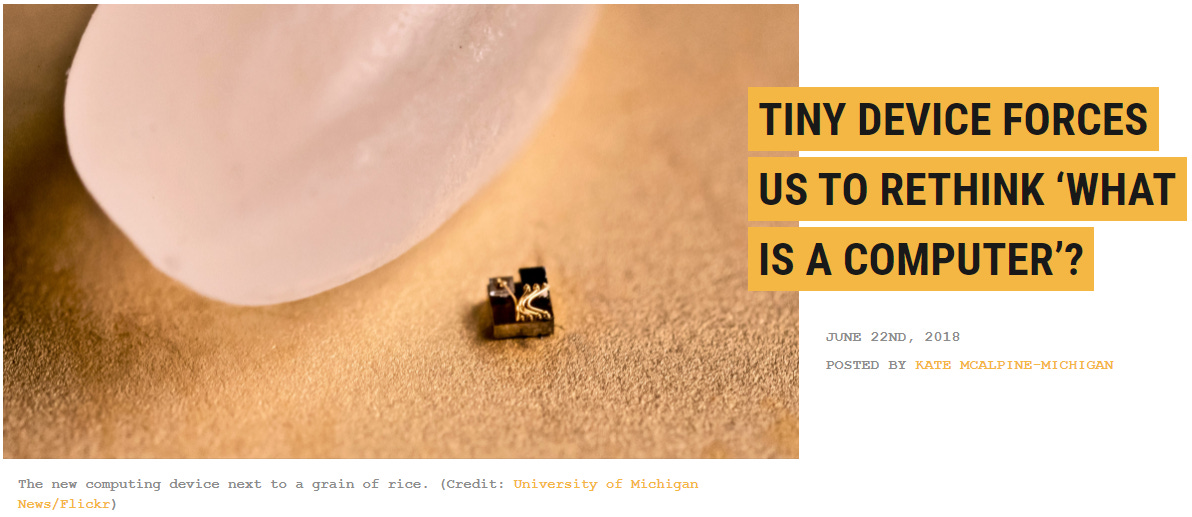Vaccine Wars Part I: What are the Risks of the COVID-19 Vaccines? (2 of 2)
The Chloroquine Wars Part XVI continued...
This vaccine risk analysis exceeded substack limitations. See the first half here.
How do the nanoparticles in the vaccine affect people long term?
Despite assurance by the reuters staff that nanoparticles don't contain small robots, a claim I haven't read while sorting through research on the topic, the effects of the lipid nanoparticles (LNPs) used in some of the COVID-19 vaccines include at least some knowns and some known unknowns.
First, the LNPs are attached to polyethylene glycol (PEG), which is suspected by some scientists of being the chief cause of anaphylaxis among vaccine recipients. It is noteworthy that the percentage of people with PEG antibodies has been skyrocketing for years, and scientists currently do not know exactly why that is the case. Further, anti-PEG antibody responses have been noted to decrease the efficacy of therapeutics.
Second, the LNPs involve proprietary components. We cannot build theoretical models of their effects, much less track any potential consequences whether related to toxicity due to build up, or epigenetic triggers. There is speculation that the vaccines could lead to infertility. Some people call this fear unfounded, and in the sense of known risks, that may be true. And while we may not have any sort of specific observation yet of fertility reduction beyond that resulting from the side effects profiles of the vaccines, we should always keep consequences that could affect society broadly in mind when performing mass experiments with unknown results.
Exacerbating already heightened societal frustrations.
When a clinical trial for medicine takes place, it is usually the case that not everyone in the trial adheres to the protocol, meaning that some people don't take the medicine (or placebo). Generally, the primary trial summary incorporates that non-adherence into the data used in analysis, even if that person was in the treatment arm of the experiment. Separate analysis might take place later in some cases. But it is important to be considerate of real world effects of all treatment protocols. We should be as complete in our examination of the effects of public health policy. After all, the stakes are far higher.
One thing public health officials may not understand well is how mass vaccination divides populations. Just the fact that I'm writing this article demonstrates the point: there is substantial and emotional divide over the handling of the pandemic that has resulted in real and expressed distrust. After having hundreds of conversations with scientists, doctors, and health officials over this past year, I distrust public health officials and the pharmaceutical industry more than I ever thought that I would. And I'm not alone. I have documented many stories that contribute to that distrust (here, here, here, here, here, here, and in many articles in the works). The number of people who believe that "the system is broken" is growing rapidly.
Are risks of war increasing? The number of people who suspect civil war is coming to the United States was already growing (here, here, and here). After watching the past 15 months unfold, I don't give any other resolution of tensions a large probability. And now there is talk of full FDA approval, despite the raw data on trials never being released, and the long term effects very much in doubt.
Enhancement and Escape.
As large as all those other risks might be, this is the one that frightens me most, even though I don't know how to examine the chances. The circumstances are unique, so it is not likely that anyone has a model, but that should be the focus of somebody's research.
There is at least some history of "leaky vaccines". During the 1970s, the vaccine used to solve Marek's disease in fowl resulted in selection pressures that led to more virulent and deadly strains. In a 2015 research paper by Andrew Read et al, the authors note,
Our data show that anti-disease vaccines that do not prevent transmission can create conditions that promote the emergence of pathogen strains that cause more severe disease in unvaccinated hosts.
Emphasis mine. As we discussed earlier, this may be precisely the situation we are facing thanks to trials designed to test efficacy in preventing mild symptoms, but not transmission.
In the past, vaccines have not been used in the middle of epidemics or pandemics as a means of controlling the spread, limiting the chances of selection of scary mutant variants. Consider the case of the polio vaccine:
The polio vaccine was introduced when the rate of infection, R, was less than 1. However, when R > 1, then the epidemic or pandemic is still expanding meaning that new variants that could chew through populations have plenty of opportunity to (1) come into existence (which is a function of total number of replicating virus particles, and (2) spread to harm more people.
At the outset of the pandemic, SARS-CoV-2 was inappropriately analogized to the Spanish Flu, which killed in the ballpark of 1% to 7% of the world's population (widest estimates). To date, COVID-19 has taken around 0.037% of the world's population, skewing heavily toward the extremely elderly, assuming we take all official statistics at face value. This is not the Spanish flu. But worse strains could come back to haunt us. We might as well not breed them ourselves. Given that new strains emerged from both Brazil and South Africa following vaccine trials, it is not certain that we have not already begun the process.
Biological Surveillance and Manipulation
Currently, I roll my eyes at a lot of the pandemic conspiracy theories out there. But there are some that may be true. In this case, that's not my worry, either. My worry is that we are nearing the end of the fiat currency era, the Western corporate-government empire is trying desperately to hold on to power, and the pharmaceutical industry business model is broken, probably due to the inevitable decay of technological progress associated with generations of crippling intellectual property law that protects the entire system's revenue model.
Now, consider that this is a 2018 picture of a tiny computer.
At 0.3mm, this device easily fits through most hypodermic needles. This picture from Wikipedia makes the point, pun intended. The smallest has a diametric gauge of 0.25mm.
Do you really trust all these centralized powers as we enter an age of nanotechnology of numerous kinds? Do you trust tattoos that listen to your subvocalizations? Do you have zero fear of these technologies falling into the hands of people who would be happy to absorb your land, wealth?
That future hasn't arrived. But it always does. Any mass submission to authorities with the power to engineerconsent over use of such technology has potentially existential consequences.
The Unknown Unknowns.
Since we do not know what they are, they might be nonexistent or they might be scarier than anything we've listed thus far. There may be long term epigenetic responses that could produce all manner of health problems down the road, like an urge to listen to only elevator music or even death. The mRNA technology described by its manufacturers as functioning "very much like an operating system on a computer" really could lead to bioweapons we've not even imagined. I know, you've already started to imagine them. That's part of the problem.
In Summary
To me, the risk profile of this mass vaccination program looks not simply bad, but terrifying. But if you don't trust my analysis (please comment or link to better analysis, pro or con), consider that there are many experts in virology, vaccines, and related fields whose opinions are negative to extremely negative.
Virologist Sucharit Bhakdi: "Healthy people aren't dangerous," but the vaccine campaign is "extremely dangerous".
Former Pfizer (CSO and VP) Head of Allergy and Respiratory Research, Dr. Mike Yeadon, is terrified of the COVID-19 vaccine campaign.
Vaccine developer Geert Vanden Bossce (homepage): "As mass vaccination campaigns have started in the vulnerable population, not only vaccinated subjects but also not yet vaccinated younger age groups will become a breeding ground for new infectious variants. There can be no doubt that continued mass vaccination campaigns will enable new, more infectious viral variants to become increasingly dominant and ultimately result in a dramatic incline in new cases despite enhanced vaccine coverage rates."
What motivated me to dig further into the mass vaccination campaign to begin with was a tearful message from a vaccine manufacturer saying that this may be the greatest human disaster in history. They might all be wrong. I hope they are. But we are moving into all this without the time to fully understand it. We need to talk more about the risks, though it might already be too late to stop some or the impacts.







